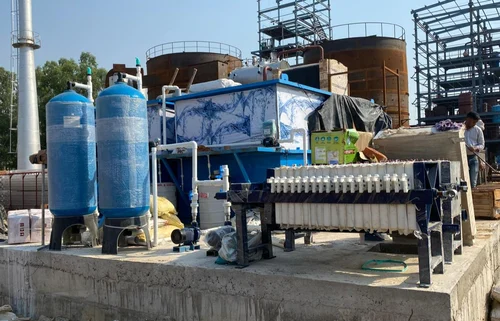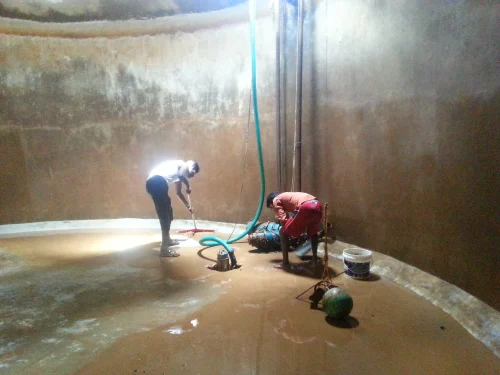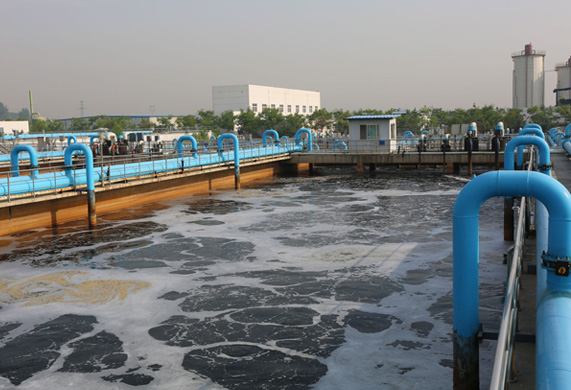The installation of an STP (Sewage Treatment Plant) setup is a crucial step in establishing an efficient and environmentally friendly wastewater treatment system. STPs are designed to remove contaminants from sewage and wastewater, ensuring the protection of public health and the preservation of the ecosystem. In this article, we will explore the importance of STP setup installation, the key components involved, and the benefits it provides in wastewater management.
Call ~ 7447474074 ~ To Book your Service. Best Service @ Affordable Cost Assured.
Understanding STP Setup Installation
STP setup installation involves the following key components:
1. Site Assessment: A thorough site assessment is conducted to determine the suitability of the location for the installation of an STP setup. Factors such as soil conditions, groundwater levels, accessibility, and proximity to water bodies are evaluated to ensure compliance with regulations and optimal system performance.
2. Design and Engineering: The design and engineering phase involves the development of detailed plans for the STP setup. It includes determining the treatment capacity required, selecting appropriate treatment processes, and designing the layout of the plant to accommodate the necessary equipment and infrastructure.
3. Civil Construction: Civil construction encompasses the construction of various structures within the STP setup, such as the inlet chamber, primary clarifiers, aeration tanks, secondary clarifiers, sludge treatment units, and the effluent discharge system. The construction process adheres to industry standards and local building codes.
4. Installation of Equipment: Once the civil construction is complete, the installation of equipment takes place. This includes the installation of pumps, blowers, aerators, diffusers, screens, filters, and other essential components. Each equipment is carefully installed and connected to ensure proper functionality and efficient operation.
5. Electrical and Instrumentation Setup: The electrical and instrumentation setup involves the installation of control panels, sensors, meters, and other devices necessary for monitoring and controlling the STP setup. Electrical wiring, grounding, and connectivity are established to ensure seamless integration and safe operation.
6. Commissioning and Testing: After the installation is complete, the STP setup undergoes commissioning and testing. This phase involves functional testing of all equipment, calibration of instruments, and performance evaluation to ensure that the system is operating as per design specifications.
7. Operational Training and Handover: Once the STP setup is successfully commissioned and tested, operational training is provided to the operators responsible for managing and maintaining the system. The handover process includes the transfer of all relevant documentation, manuals, and warranties to the plant owner or operator.
Benefits of STP Setup Installation
Installing an STP setup offers several benefits in wastewater management:
- Effective Wastewater Treatment: STP setups employ advanced treatment processes to remove contaminants and pollutants from sewage and wastewater. They ensure that the treated effluent meets regulatory standards and can be safely discharged into the environment or reused for non-potable purposes.
- Protection of Public Health: Proper wastewater treatment through an STP setup significantly reduces the risk of waterborne diseases and contamination. It prevents the spread of harmful bacteria, viruses, and parasites present in untreated wastewater, safeguarding public health and well-being.
- Environmental Preservation: By treating wastewater before discharge, STP setups minimize the negative impact on natural water bodies and ecosystems. They prevent pollution and the depletion of oxygen levels in water, preserving aquatic life and maintaining ecological balance.
- Resource Conservation: STP setups often incorporate technologies for sludge management and resource recovery. The sludge generated during the treatment process can be treated further to produce biogas, fertilizer, or other valuable byproducts, contributing to resource conservation and sustainability.
- Compliance with Regulations: Installation of an STP setup ensures compliance with local and national regulations regarding wastewater treatment and discharge.
It helps businesses and communities avoid legal penalties and demonstrates their commitment to environmental stewardship.
Frequently Asked Questions (FAQs)
1. How long does it take to install an STP setup?
The installation time for an STP setup can vary depending on various factors, including the size of the plant, complexity of the design, and site-specific requirements. On average, it can take several months to a year to complete the installation process.
2. What maintenance is required for an STP setup?
Regular maintenance is essential for the efficient operation of an STP setup. It involves activities such as routine inspections, cleaning of equipment and tanks, monitoring of process parameters, and periodic servicing of pumps and motors. Proper maintenance ensures the longevity and optimal performance of the system.
3. Can an existing wastewater treatment plant be upgraded to an STP setup?
In many cases, existing wastewater treatment plants can be upgraded to incorporate STP technologies and processes. However, feasibility studies and engineering assessments are required to evaluate the suitability of the existing infrastructure and determine the scope of upgrades needed.
4. Are there any environmental benefits to reusing treated wastewater from an STP setup?
Yes, reusing treated wastewater from an STP setup offers significant environmental benefits. It reduces the demand for freshwater resources, minimizes the strain on natural water sources, and conserves energy that would otherwise be required for conventional water treatment and supply.
5. Can an STP setup be customized for specific industrial applications? Yes, STP setups can be customized to suit specific industrial applications. Different industries may have unique wastewater characteristics and treatment requirements. Customization ensures that the STP setup effectively addresses the specific pollutants and contaminants associated with the industry.
6. Are there any government incentives or subsidies available for installing STP setups? Government incentives and subsidies for installing STP setups may vary depending on the country and local regulations. It is advisable to research and consult with local authorities to determine the availability of financial incentives, tax benefits, or grants that can support the installation of STP setups.
Installing an STP setup is a crucial step in establishing an efficient wastewater treatment system. It involves site assessment, design and engineering, civil construction, equipment installation, and commissioning. The benefits of STP setup installation include effective wastewater treatment, protection of public health, environmental preservation, and resource conservation. By prioritizing the installation of STP setups, communities and industries can contribute to sustainable water management practices and ensure a cleaner and healthier environment.
Deep Cleaning Service Provider ~ Water Tank Cleaning Service Provider ~ Pest Control Service Provider ~ Septic Tank Cleaning Service Provider ~ Drainage line cleaning Service Provider ~ Housekeeping Service Provider ~ Well Cleaning Service Provider ~ STP Operation Service Provider ~ STP Maintenance Service Provider ~ STP Setup Service Provider ~ STP Installation Service Provider ~ STP Cleaning Service Provider ~ Ground Terrace Cleaning Service Provider ~ Ground Cleaning Service Provider ~ Terrace Cleaning Service Provider ~ Construction Waste Disposal Service Provider ~ Post Construction Cleaning Service Provider ~ Post Renovation Cleaning Service Provider




